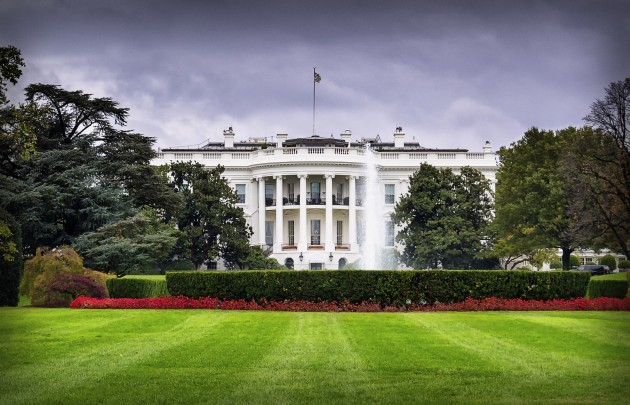Around the world, old and new architectural marvels alike are racing toward greater sustainability. Read on to see how old favorites are renovating to become more sustainable and how new architecture is incorporating sustainability as central to its design.
The Eiffel Tower, Paris, France

Image via Flickr by Tijmen Gombert
The Eiffel Tower is the symbol of Paris. Every night it lights up the Parisian skies with 20,000 bulbs. The French Moatti-Rivière architecture firm was recently commissioned to modernize the tower for greater sustainability, efficiency, and accessibility.
The renovations include four vertical wind turbines, which are strategically integrated so they are not visible from the ground and do not change the tower’s silhouette. Water turbines have also been incorporated to generate more power, and four solar panels installed on the roof heat water used by the monument.
Gherkin Tower, London, U.K.

Image via Flickr by Maureen Barlin
London’s Gherkin Tower is an immense, obelisk-shaped glass tower designed by Norman Foster. Its unique design uses natural light and ventilation, which results in 50 percent less energy use in comparison to other buildings its size. Experiments have also been made to incorporate a green wall façade panel made of vegetation. The technology, called a Core Hydraulic Integrated Arboury panel, will recreate the benefits of a green roof on the exterior surface of a skyscraper.
The Vatican, Vatican City, Italy

Image via Flickr by Dennis Jarvis
Pope Benedict knew about the pros and cons of solar energy. Before his retirement, he had more than 2,000 solar panels installed on the rooftop of one of the Vatican’s main buildings. The solar panels are not visible from the ground, and the Vatican’s skyline remains unchanged. The project was part of the city-state’s initiative to become the first carbon-neutral state.
The White House, Washington, D.C.
Image via Flickr by Diego Cambasio
Jame Hoban designed the White House in the neoclassical Federal style with influences from classical Greek Ionic architecture. President Obama showed his commitment to renewable energy by having solar panels installed on the White House’s roof in 2013. This was not the first time the White House used solar energy. Jimmy Carter used solar panels in late 1970s to heat water, and in 2003, George W. Bush had solar panels installed to heat the presidential swimming pool.
Ca’ Forscari Palace, Venice, Italy
Image via Flickr by John Fowler
Ca’ Forscari at the University of Venice is a 15th-century Gothic palazzo that overlooks the Grand Canal. It is the oldest building in the world to receive LEED certification.
The Empire State Building, New York City
Image via Flickr by Anthony Quintano
The Empire State Building is iconic of the New York City skyline. It received LEED Gold status in 2011. After undergoing greening renovations, the building is saving 38 percent in energy costs. Today, the building is ahead of schedule in its cost savings. The renovations included more efficient heating, cooling and plumbing systems, as well as a recycling program and policy for using only nontoxic cleaning products. Future plans are in place to buy enough renewable energy to make the building carbon-neutral.
The Co-operative Insurance Building, Manchester, England
Image via Flickr by Tom Blackwell
The Co-operative Insurance Tower (CIS), constructed in the 1960s, is one of Manchester’s most famous 20th-century buildings. This was the first skyscraper in the world covered in solar panels. In 2006, more than 7,000 solar panels were installed on the faces of the building, capable of generating enough renewable energy to fully power 55 homes for a year. The building was also equipped with 24 wind turbines on the roof.
Toyo Ito’s Solar Powered Stadium, Taiwan
Image via Flickr by 10 10
This is the largest solar-powered stadium in the world. Designed by famous Japanese architect Toyo Ito, the stadium has the shape of a dragon. The stadium can accommodate 50,000 people and is 100 percent solar-powered. In addition, the stadium can generate up to 80 percent of electricity demand in the surrounding neighborhood. The stadium also features permeable paving and employed reusable materials throughout its construction. Public green spaces were incorporated into its design, and the trees removed during its construction were all transplanted.



















